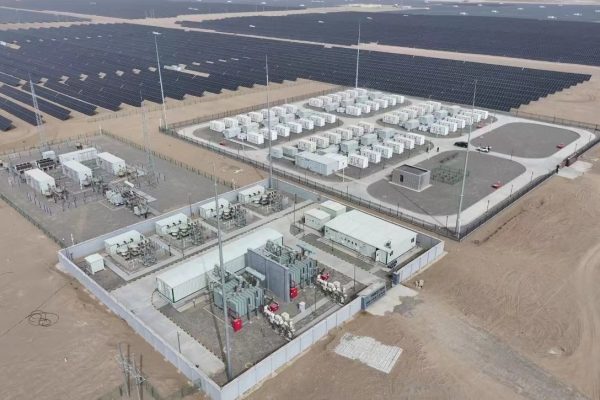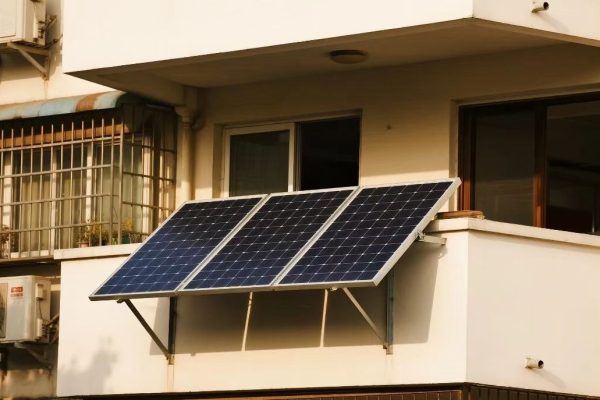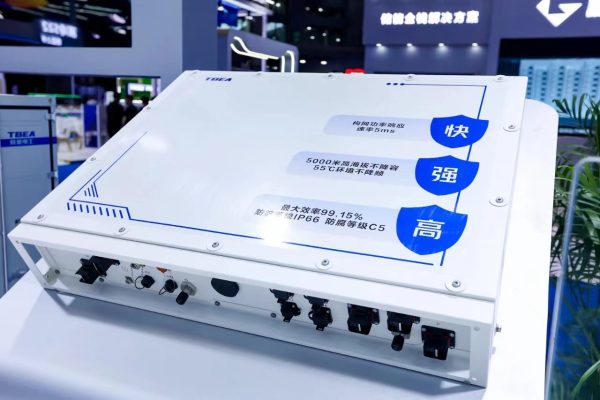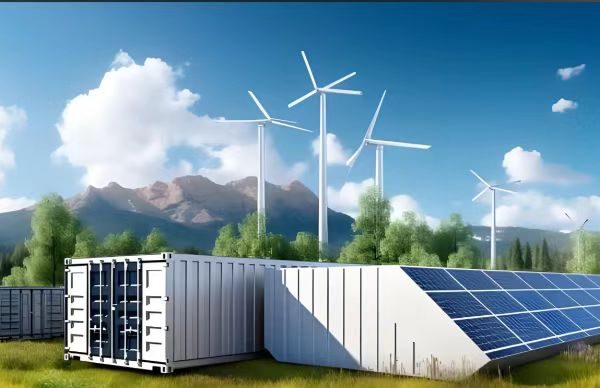As commercial and light-industrial facilities explore energy storage to reduce costs and improve resilience, one system size has become increasingly popular: around 50 kW inverter capacity paired with 200 kWh of battery storage. This configuration strikes a balance between affordability, usable backup, and integration with medium-sized solar PV arrays. But designing such a system requires careful attention to technical, financial, and operational details.
In this article, we’ll walk through the key considerations when planning and deploying a 50 kW–200 kWh energy storage system (ESS).
Why 50 kW–200 kWh Systems Are Common
- Commercial scale fit: Ideal for small factories, cold storage units, supermarkets, and schools.
- PV synergy: Often paired with ~80–150 kW solar arrays, enabling high self-consumption.
- Cost control: Can manage demand charges and peak tariffs while remaining within SME budgets.
- Backup resilience: Provides 3–6 hours of backup power for critical loads, depending on consumption.
Step 1: Load Analysis
Before sizing, a detailed load profile is essential. Key questions include:
- Peak demand (kW) – Does it align with inverter rating?
- Daily energy usage (kWh) – Will 200 kWh cover enough to justify investment?
- Critical loads – Which equipment must run during outages (e.g., refrigeration, IT, lighting)?
Example: A supermarket with 60 kW peak demand and 800 kWh daily load could use a 50 kW–200 kWh ESS to shave peaks and secure ~4 hours of backup for essentials.
Step 2: Battery Chemistry Selection
- LiFePO₄ (LFP) – Best balance of safety, cycle life (6,000+), and cost.
- NMC – Higher energy density, but higher cost and safety considerations.
- Second-life batteries – Lower upfront cost but reduced warranty and performance consistency.
For C&I projects, LFP is the default choice due to thermal stability and long-term predictability.
Step 3: Inverter & PCS Configuration
A 50 kW inverter should support:
- Grid-tied + off-grid modes (seamless transition).
- Black start capability – Ability to restart without grid.
- Reactive power support – Helps with local power quality.
- Multi-unit parallel operation – Scalability beyond 50 kW if demand grows.
If integrating with PV, ensure the inverter supports hybrid operation or works with a compatible PCS (power conversion system).
Step 4: Battery Pack Configuration
For 200 kWh, typical setups include:
- 4 × 50 kWh cabinets → Easy transport, modular expansion.
- 10 × 20 kWh racks → More granular redundancy.
Important design points:
- C-rate: Ensure batteries can discharge at required rate (e.g., 0.5C for 50 kW/200 kWh).
- BMS integration: Centralized monitoring and protection.
- Thermal management: Air or liquid cooling, depending on ambient conditions.
Step 5: Safety & Standards
At this scale, compliance is critical:
- Fire safety: Cabinet-level suppression (aerosol or clean agent).
- Arc fault & surge protection: Built into inverter or BOS.
- Enclosure rating: IP54+ for outdoor, temperature-controlled for indoor.
- Certifications: UL 9540A, IEC 62619, local grid interconnection rules.
Step 6: Installation Environment
- Indoor → Requires ventilation, stable temperature (15–30°C).
- Outdoor → Needs weatherproof enclosures, anti-theft measures.
- Space planning → Allow access for O&M, avoid cramming packs.
Step 7: Financial Modeling
Approximate cost breakdown (2025 pricing):
- Battery: 200 kWh × $280 = $56,000
- Inverter (50 kW): $10,000–$12,000
- BOS + installation: $15,000–$20,000
- Total CapEx: ~$80,000–$90,000
ROI Example
- Peak shaving + solar self-consumption can save ~$20,000/year.
- Payback period: ~4–5 years.
- With backup value factored in, ROI is even stronger for sensitive industries.
Step 8: O&M and Monitoring
- Remote monitoring – Cloud dashboards for battery health, charge cycles, alarms.
- Annual service – Check cables, fire suppression, firmware updates.
- Spare parts planning – Keep extra modules or inverter fans on hand.
A 50 kW–200 kWh ESS is not “one size fits all,” but when designed properly, it’s one of the most versatile configurations for SMEs and small commercial facilities. The keys to success include:
- Proper load analysis
- Reliable LFP battery chemistry
- Inverter with flexible grid/off-grid capability
- Safety-first cabinet and BOS design
- Financial modeling aligned with tariffs
By addressing these considerations, integrators and SMEs can build systems that deliver real economic value while preparing for a more resilient, sustainable energy future.









